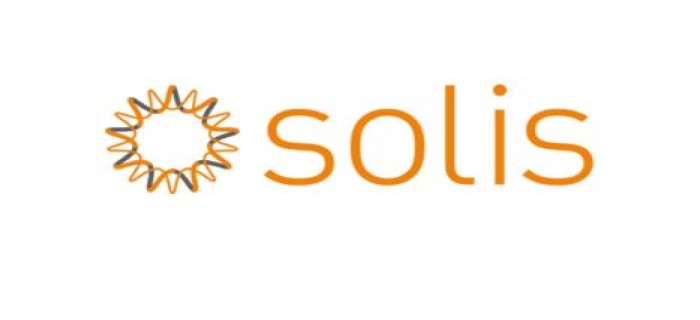
Solis Residential PV Project Export Power Manage Solution
1. What is the zero feed-in limitation?
In a typical solar power system, photovoltaic (PV)panels are connected in series to form arrays. These arrays are then linked to the grid via an inverter, which converts the energy from DC to AC and feeds it into the national grid. However, in some cases, the local grid operator may not allow energy to be fed into the grid. In such instances, the energy generated by the solar system must either be used on-site or stored in batteries for later use, such as at night. This is known as the “zero feed-in” limitation.
2. When and where is the zero feed-in limitation required?
In some countries, the injection of solar power into the grid is restricted, either due to weak grid infrastructure or a lack of feed-in tariff regulations. These areas often require solar power systems to include a zero feedin solution when connected to the grid. This requirement can be easily met with Solis inverters and our zero feed-in system, which dynamically adjusts the PV output to ensure no excess energy is fed into the grid. This process relies on an energy meter that continuously measures power consumption. Zero feed-in limitation is necessary in the following situations:
1. Local PV projects may not be allowed to connect to the grid due to transformer capacity limitations.
2. National or regional policies may restrict grid connection for photovoltaic systems.
3. In cases where grid access approval is delayed, but the PV system is already operational.
3. Solis residential PV project zero Feed-in-limitation solution
3.1 Using CT (Current Transformer) for Zero Feed-In Limitation
Solis inverter has a CT interface reserved for communication with CT. CT is connected to the parallel network port of the inverter to detect the current of the parallel network point. Inverter integrated power control function, through monitoring current flow and size, continuous dynamic adjustment, so that the output power and load power of the inverter to achieve a dynamic balance.
3.2 Zero feed-in limitation with CT + Consumption Monitoring Solution for Split Phase 120/240V
Note:
• Pre-made meter cables are available in 5m or 10m lengths.
• The CT sampling ratio must be set to 1500:1 for split-phase systems and 3000:1 for singlephase systems.
• Use 1 unit of a 100A:33.33mA current sensor (with a 16mm hole diameter).
• The CT is responsible for implementing the EPM function with an accuracy of < 5%. • The CT solution can only monitor total load data.
• In split-phase systems, L1 should pass directly through the CT, while L2 must loop around the CT
3.3 Implementing zero feed-in limitation with a Meter
Solis offers both single-phase and three-phase meters for energy power management (EPM). A singlephase meter is used with a single-phase inverter, while a three-phase meter is suited for three-phase inverters. The three-phase meter comes in two types: an embedded meter with a built-in current sensor and an external CT meter. The embedded meter is typically used unless the inverter’s output current is high or the AC cable is thick, in which case the external CT meter is preferred.
The meter operates on the same anti-backflow principle as a CT. When the meter detects power flowing back to the grid at the connection point, it relays this information to the inverter via 485 communication. The inverter then reduces its output power accordingly, preventing any further power transmission to the grid.
3.4 EPM Devices for Zero Feed-in Limitation
Meters and CTs can only provide zero feed-in limitation for a single inverter. For managing multiple inverters simultaneously with zero feed-in limitation, EPM devices can be used. The Solis-EPM1-5G is designed for single-phase inverters, while the Solis-EPM3-5G and Solis-EPM3-5G-Pro are suited for three-phase inverters, capable of controlling up to 20 inverters at once.
In addition to preventing reverse power flow, the Energy Management Platform (EPM) offers features for monitoring inverter power generation, load power consumption, and more.
4. 24-Hour Load Monitoring:
This function allows for the real-time tracking of PV power generation, load power consumption, and grid power usage. It provides continuous data over a 24-hour period and can also record monthly and annual statistics for power generation and electricity consumption.
Conclusion:
Solis has delivered a variety of zero feed-in limitation solutions, enabling customers to choose options tailored to their specific application scenarios. These solutions are suitable for diverse regions worldwide, including China, Europe, America, Pakistan, Indonesia, India, and the Philippines, and have received widespread positive feedback from customers

.gif)
.jpeg)
leave your comment